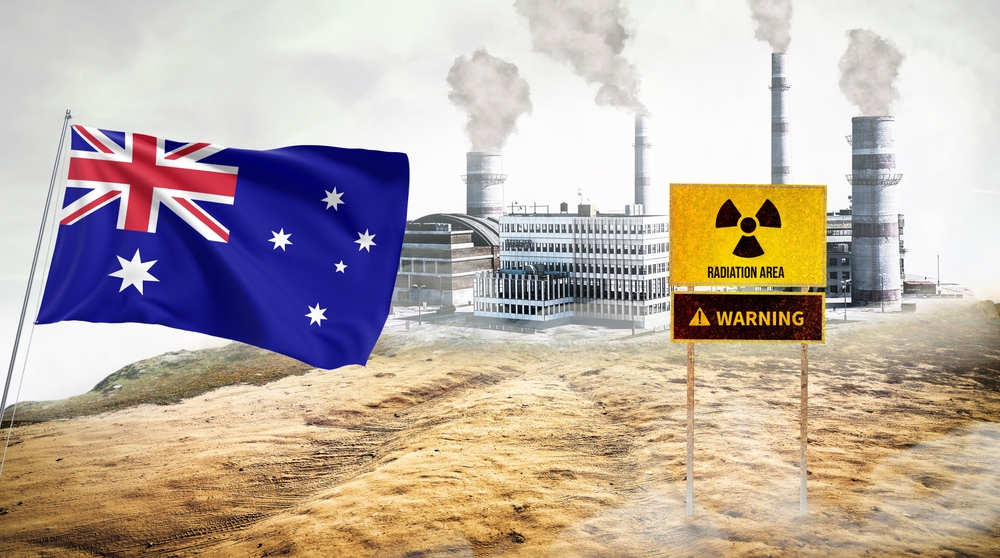Nuclear power would raise household power bills by $665 a year

Peter Dutton’s speech to CEDA on nuclear power is yet to provide an explanation for how a potential future Liberal-National Coalition Government could avoid the extremely high nuclear reactor construction costs encountered by countries in Europe and North America.
A report released on Friday by the Institute of Energy Economics and Financial Analysis (IEEFA) found that Australian household power bills would be likely to increase by $665 AUD per year to cover the cost of nuclear reactors. This was based on analysis of the construction cost experience of real-world nuclear reactor projects committed to construction over the past 20 years in the European Union and North America. It also considered tender contract prices submitted for small modular reactor and Korean reactor designs.
Lead Analyst, Australian Electricity at IEEFA, and co-author of the report, Johanna Bowyer observed,
“Our research found that all projects commencing construction in the past 20 years in in the US and Europe experienced major budget blowouts up to 3½ times original capital costs, as well as construction delays of many years.”
“Small modular reactors (SMRs), which are often cited as a solution to resolve the nuclear industry’s cost and construction time problem, remain costly and unproven, with no reactors in operation in the OECD. The reactor closest to becoming a reality, NuScale, was cancelled due to cost blowouts.”
“For nuclear power plants to be commercially viable without government subsidies and generating 24/7 - as the Coalition proposes - electricity prices would need to be 1½ to four times current wholesale electricity costs in eastern Australia. This would then be passed through as higher power bills for households.”
Bowyer stated, “We calculated that if the nuclear power plants were to recover their costs through our wholesale electricity market, then household bills would need to go up by $665 per year for a household with typical power usage.”
“For a four-person household which uses more power than the typical household, then bills would increase by $972 on average. Meanwhile a five or more-person household could expect a bill increase of $1182.”
Tristan Edis, co-author of the report added, “In the CEDA speech there was reference to countries that have old nuclear reactor fleets and supposedly have low power bills, but this neglects the very substantial costs these countries faced initially, which have since been written-off. It is not relevant to a situation in which Australia would build nuclear power plants from scratch.”
“Ontario is being used as an example with low bills – but this ignores the fact that Ontario’s public utility encountered severe financial difficulties in the 1990’s accruing debts equal to AUD $70 billion in today’s dollars. Ontario consumers were subsequently saddled with a “Debt Recovery Charge” for 16 years. This is no longer on their bills, but they are still poorer because of it.”
Dutton’s claim that the very high construction costs of nuclear reactors are offset by a long lifetime is also economically suspect.
Edis observed, “Houses last a very long time, but that doesn’t mean householders’ budgets aren’t affected by the combination of high interest rates and the high cost of housing. The same principle applies to nuclear power plants.”
Bowyer added, “Our analysis of power bill impacts was based on a 60-year economic lifetime for nuclear, without refurbishment costs, which is highly optimistic. The real-world examples we examined claimed lifetimes of 60 years. However, even a 60-year life will require multi-billion-dollar refurbishment costs at around the 30-year mark. An 80-year amortization period, as mentioned in the CEDA speech, is not realistic without significant additional refurbishment costs.”
“Introducing one of the most expensive forms of power into the Australian market could only make cost of living even more difficult.”











